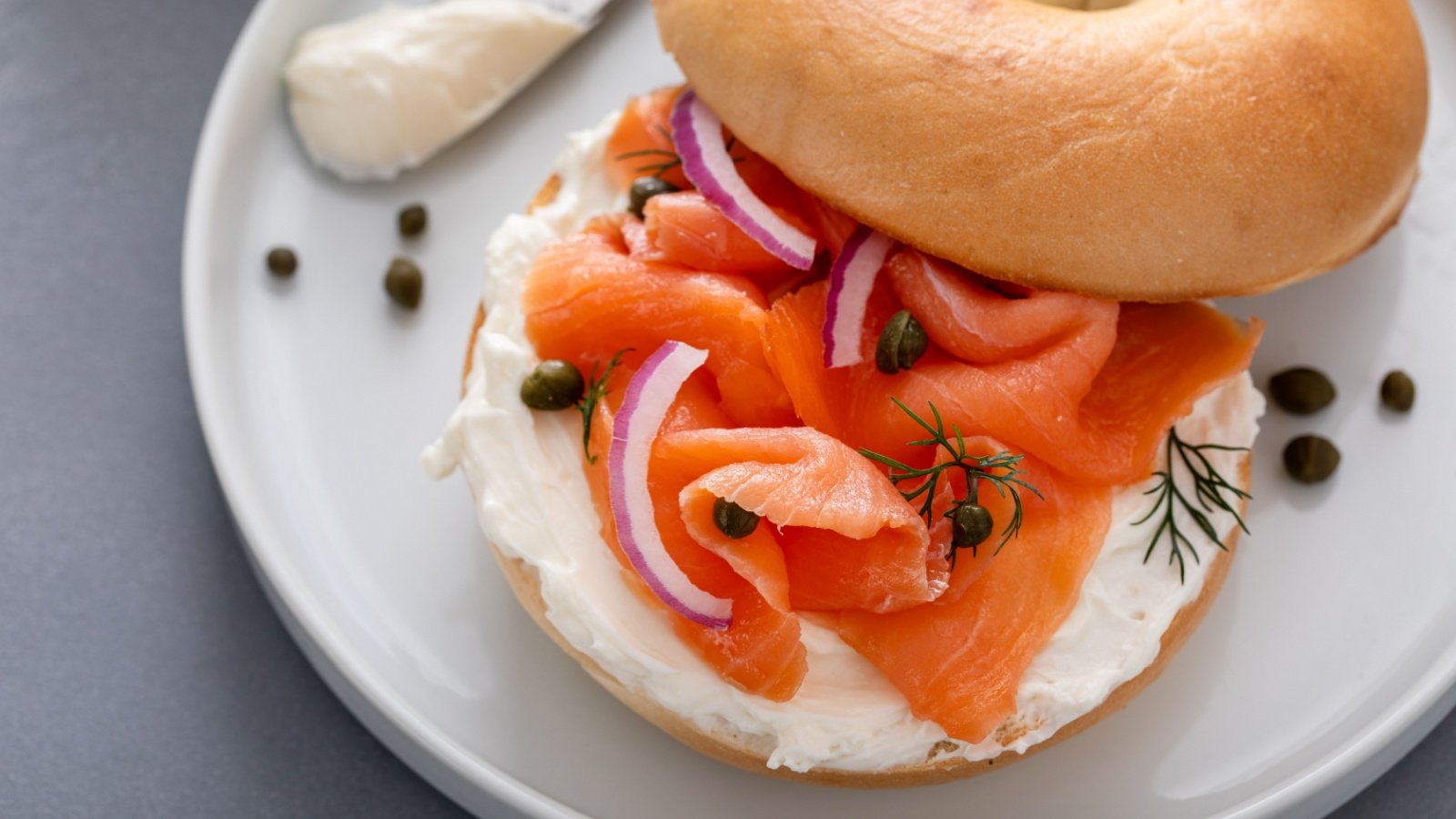Southern comfort food is seasoned with tradition, baked in cultural identity, and served with regional pride. However, foods popular in other regions of the U.S. can sometimes clash with the Southern palate. From deep-fried novelties to health-conscious trends, these dishes often find themselves on the list of foods that Southerners just can’t stand.
Lobster Rolls
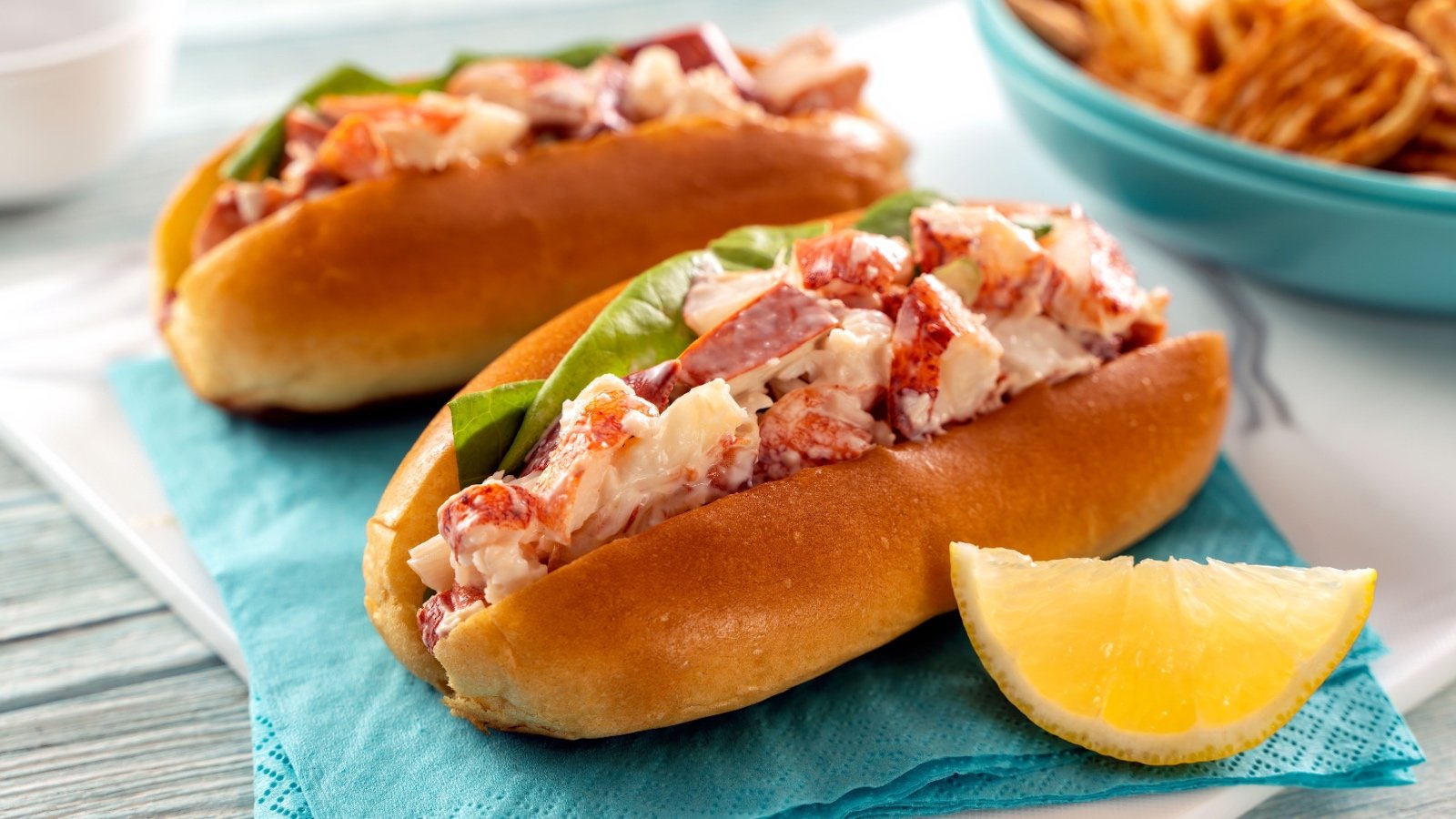
Lobster rolls, a favorite in the Northeast, have a hard time finding their place in Southern cuisine. This sandwich, typically stuffed with cold lobster meat and a touch of mayo, is not a preferred indulgence in the South. Southerners tend to favor shrimp and crawfish instead.
Cincinnati Chili

The unusual combination of sweet spices and chocolate in chili served over spaghetti is a major turn off below the Mason-Dixon line. The distinct flavor profile and presentation can be a tough sell in the deep South.
Clam Chowder
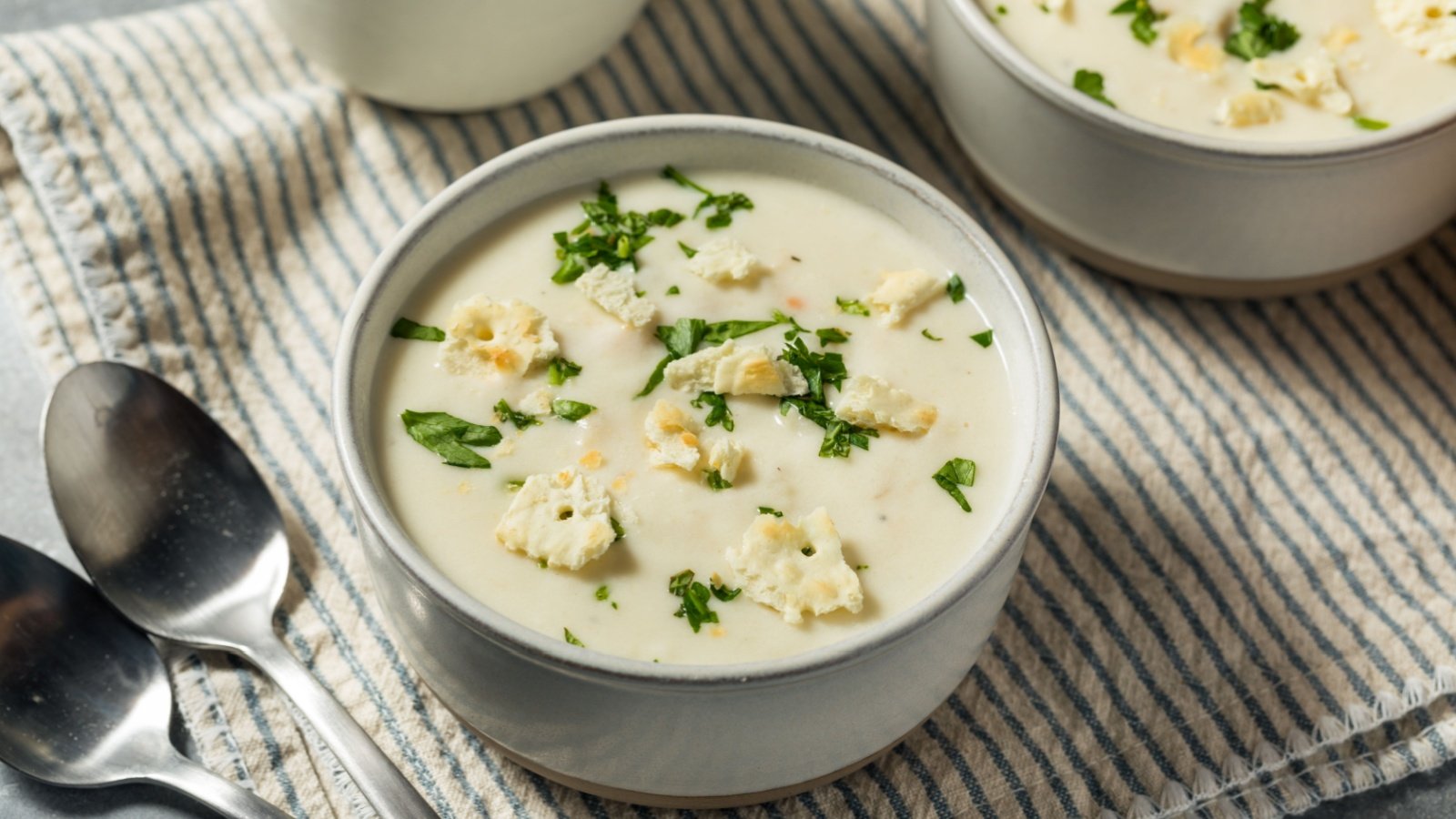
New England clam chowder, with its creamy base and chunks of potatoes and clams, finds little love in the Southern states. This thick, mild chowder seems bland compared to Southern cooking.
Gazpacho
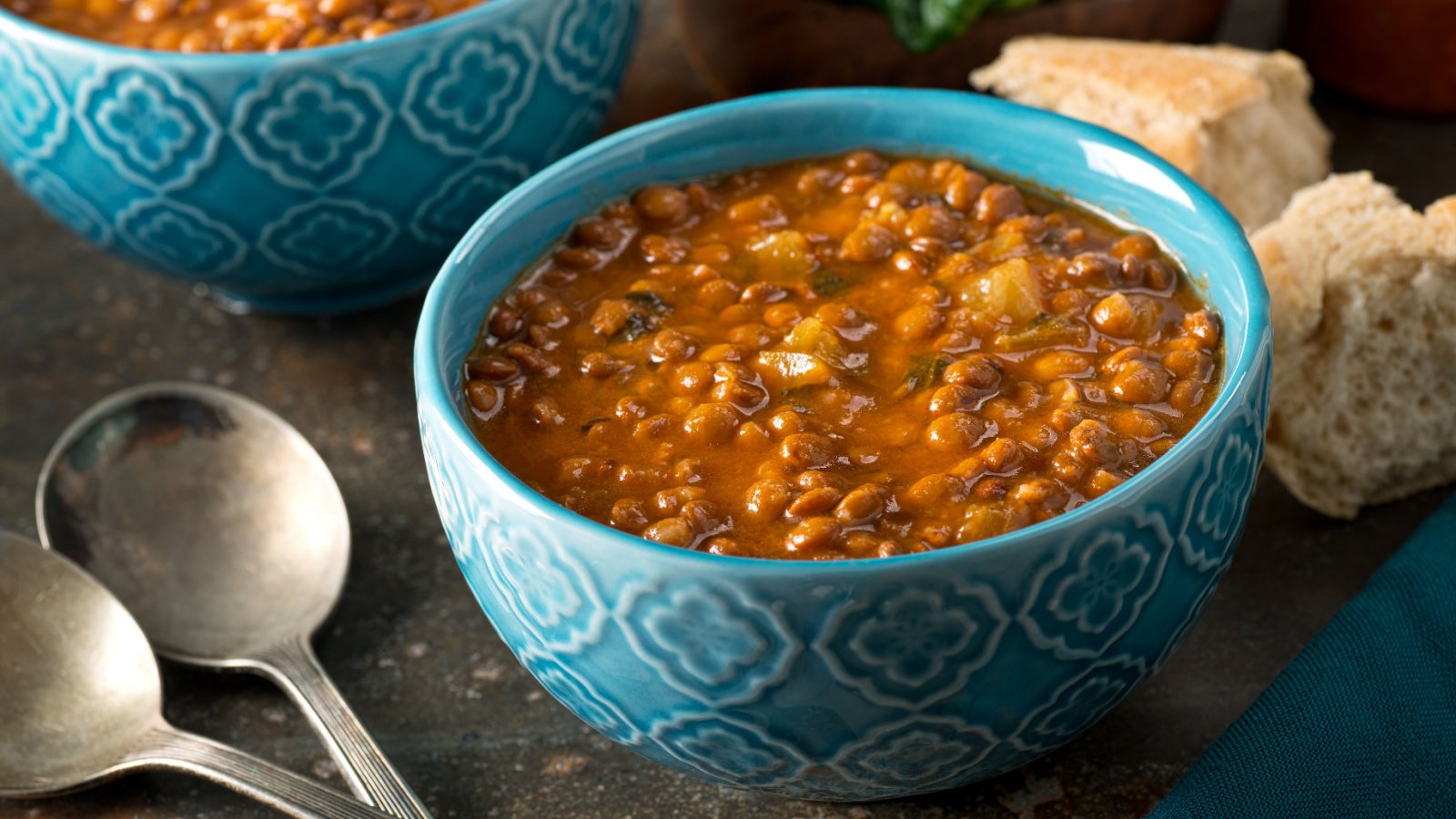
This cold Spanish soup, made from raw vegetables like tomatoes, onions, and cucumbers, is intended to be refreshing during warm weather. While the South experiences more scorching days than the rest of America, they still prefer their soups hot.
Tofu
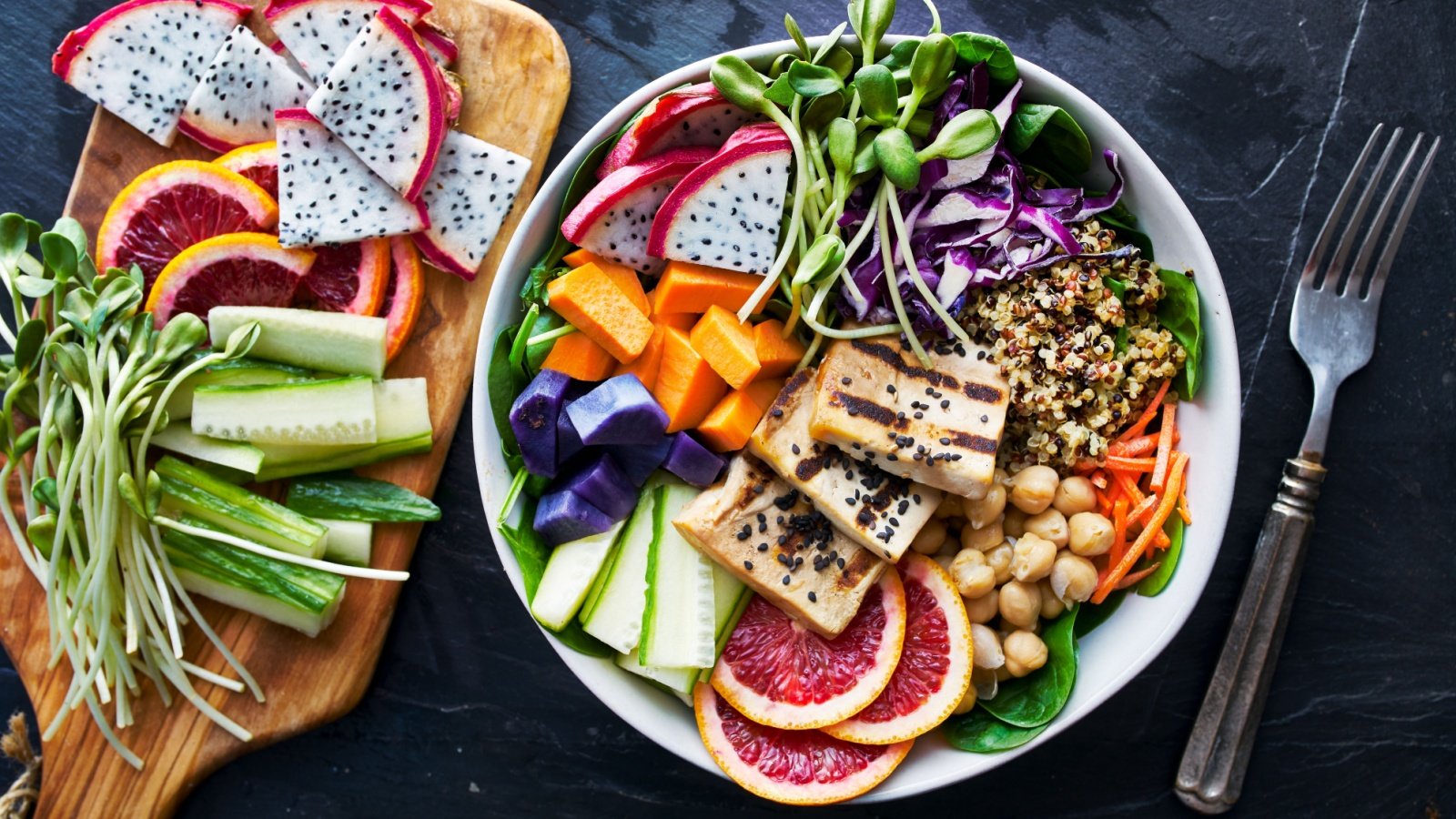
Tofu frequently meets skepticism in Southern kitchens, where meat is included in most dishes. This soybean product is often considered too bland and textureless, especially compared to the deep flavors of slow-cooked pork or fried chicken.
Sushi

The idea of consuming raw fish is a stark departure from the Southern cooking norms which emphasize well-cooked, often barbecued meats. Sushi’s delicate flavors and cold presentation contrast sharply with the bold, warm dishes favored in the South.
Rye Bread
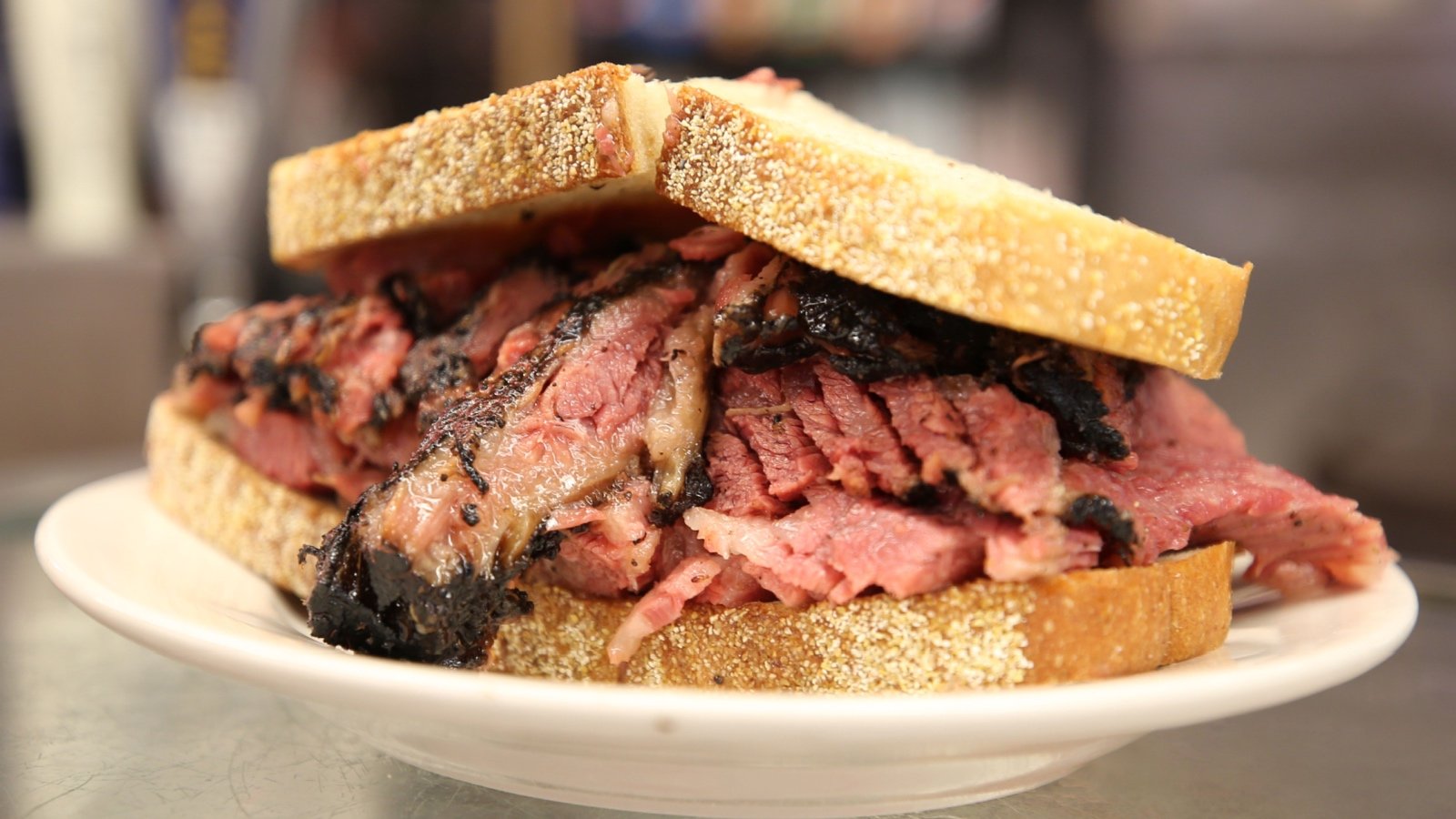
Rye bread has a hard time winning over those raised on soft white or cornbread. Its popularity in Eastern European cuisine does not translate well to the Southern palate, which favors sweeter, softer breads.
Poutine
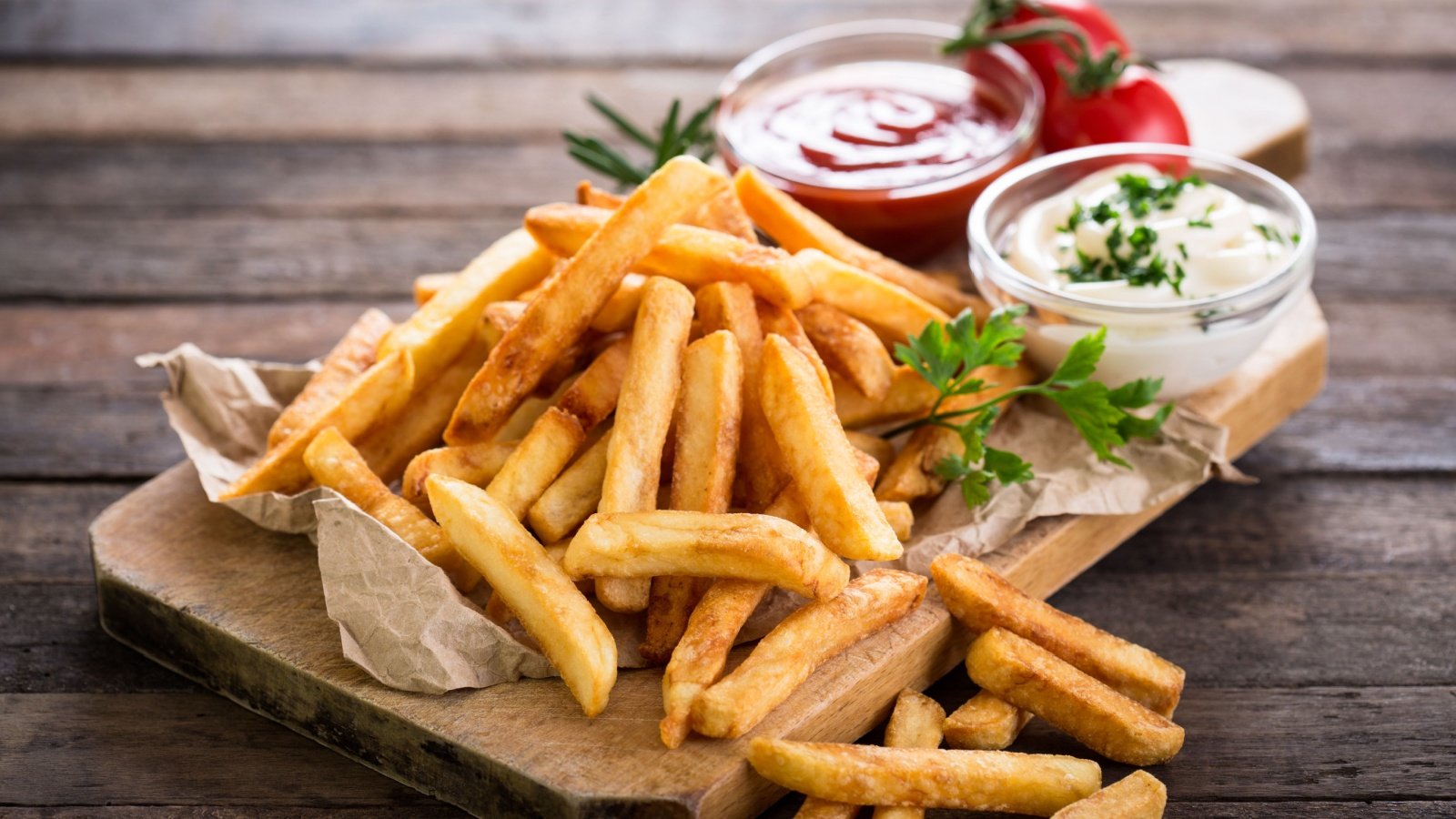
Originating from Canada, poutine has a difficult time meshing with Southern culinary preferences. The combination of fries, cheese curds, and gravy does not harmonize well with Southern palates accustomed to lighter, cornmeal-based sides.
Quinoa

This super grain often goes unnoticed in Southern kitchens. It’s nutty flavor and crunchy texture do not mesh well with the soft, stewed textures preferred in Southern dishes. Quinoa’s association with health food trends also does little to attract those with a taste for comfort food.
Raw Oysters

While cooked seafood is widely beloved across the South, raw oysters are a different story. Concerns about freshness and food safety, combined with a general preference for well-cooked foods, make raw oysters less appealing. Their slimy texture and strong ocean taste are also less favored compared to the battered and fried preparations common in Southern seafood cuisine.
Energy Drinks

In the land of sweet tea and soda, energy drinks find little room to grow. The synthetic taste and high caffeine content of energy drinks do not align with the more natural, refreshing beverages preferred in the South. Moreover, the aggressive marketing and urban image of energy drinks clash with the slower, more traditional lifestyle.
Matcha

Matcha is often seen as too bitter and grassy by Southern taste buds. This Japanese tea is usually prepared as a strong, frothy drink, which contrasts with the mild, sweet teas preferred in the South. Its association with health-focused diets also make it a hard sell.
Falafel
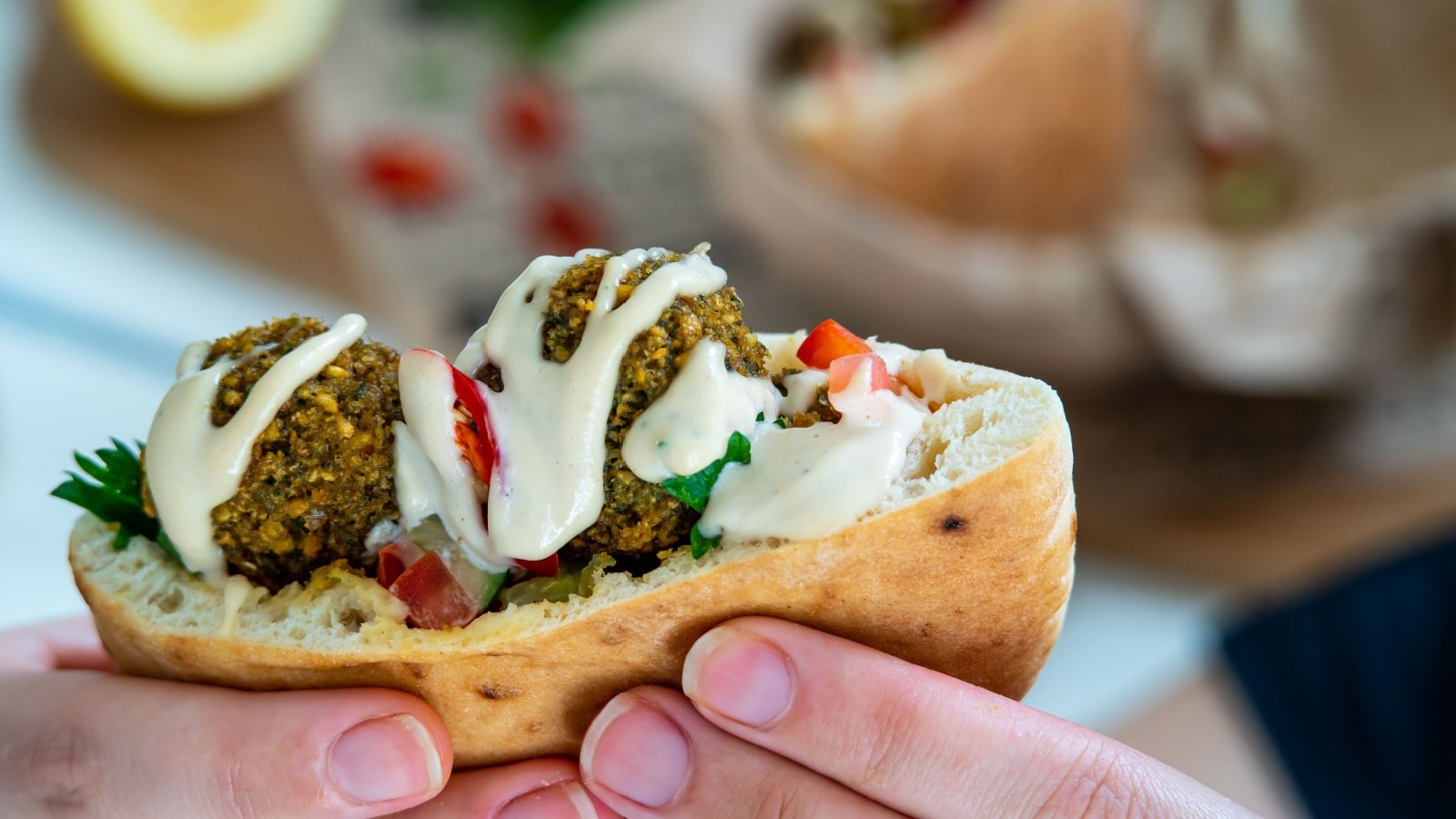
Falafel’s dry texture and deep-fried preparation do not compensate for its unfamiliar flavor profile. Moreover, falafel is often served with tangy sauces like tahini, which are less familiar and thus less appealing to Southern palates.
Polenta
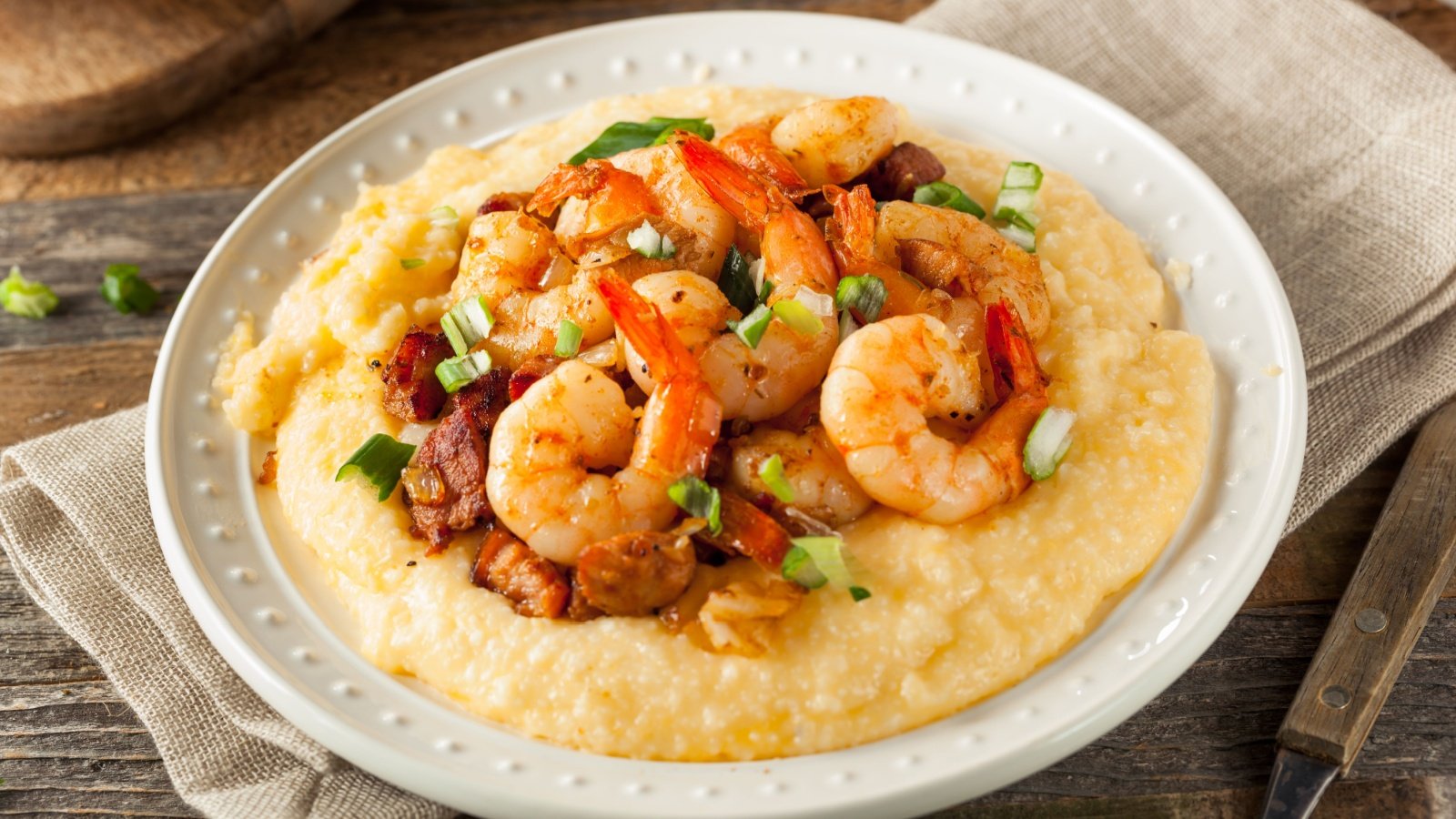
In the South, polenta is frequently overshadowed by its cornmeal cousin, grits. Although both dishes are corn-based, polenta’s finer texture and milder flavor lack the robustness of grits, which are often served with generous amounts of butter and cheese. This Italian staple struggles to compete with the deeply entrenched love for grits in Southern cooking.
Hummus

This chickpea spread is often considered too bland or paste-like, especially when compared to richer, more flavorful dips like pimento cheese. The cultural unfamiliarity with Middle Eastern flavors also plays a role in its lukewarm reception.
Chai Latte

The combination of sweet and spicy does not fit neatly into the coffee or tea categories beloved in the South. Moreover, the milky texture and foreign spice mix are often viewed as too exotic.
Soy Milk

Soy milk faces significant resistance in a region where traditional cow’s milk reigns supreme. Its slightly bean-like taste and thinner consistency are often viewed as inferior to the rich, creamy texture of whole milk. The prevalence of soy allergies and dietary restrictions further limit its acceptance in Southern households.
Bagels
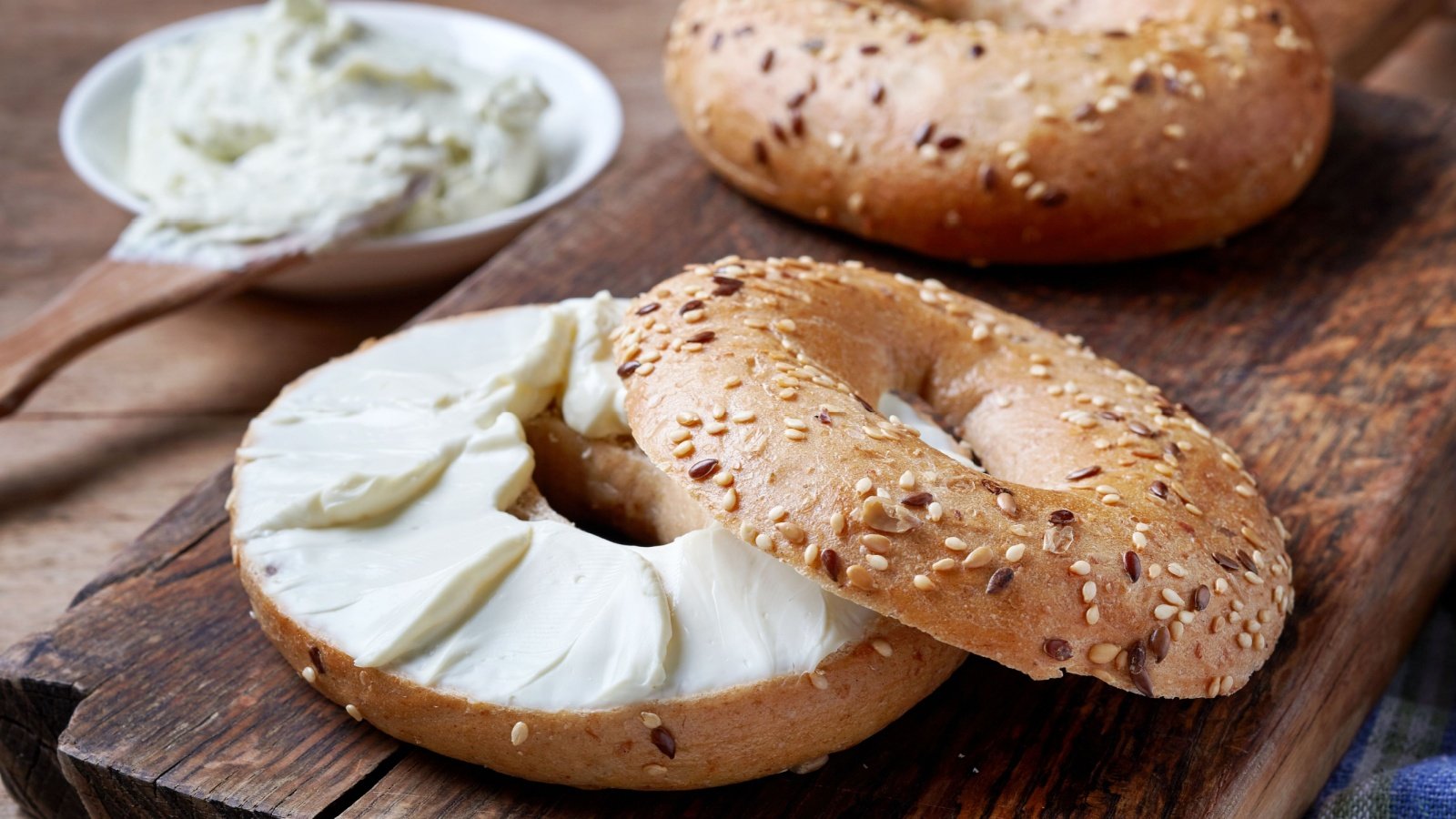
Bagels often don’t receive the same warm welcome in the Southern states. Known for their dense, chewy texture, bagels struggle to compete with the soft, flaky biscuits beloved in the South. The preference for lighter, buttery breads means that bagels are frequently overlooked on Southern breakfast tables.
Deep-Fried Butter
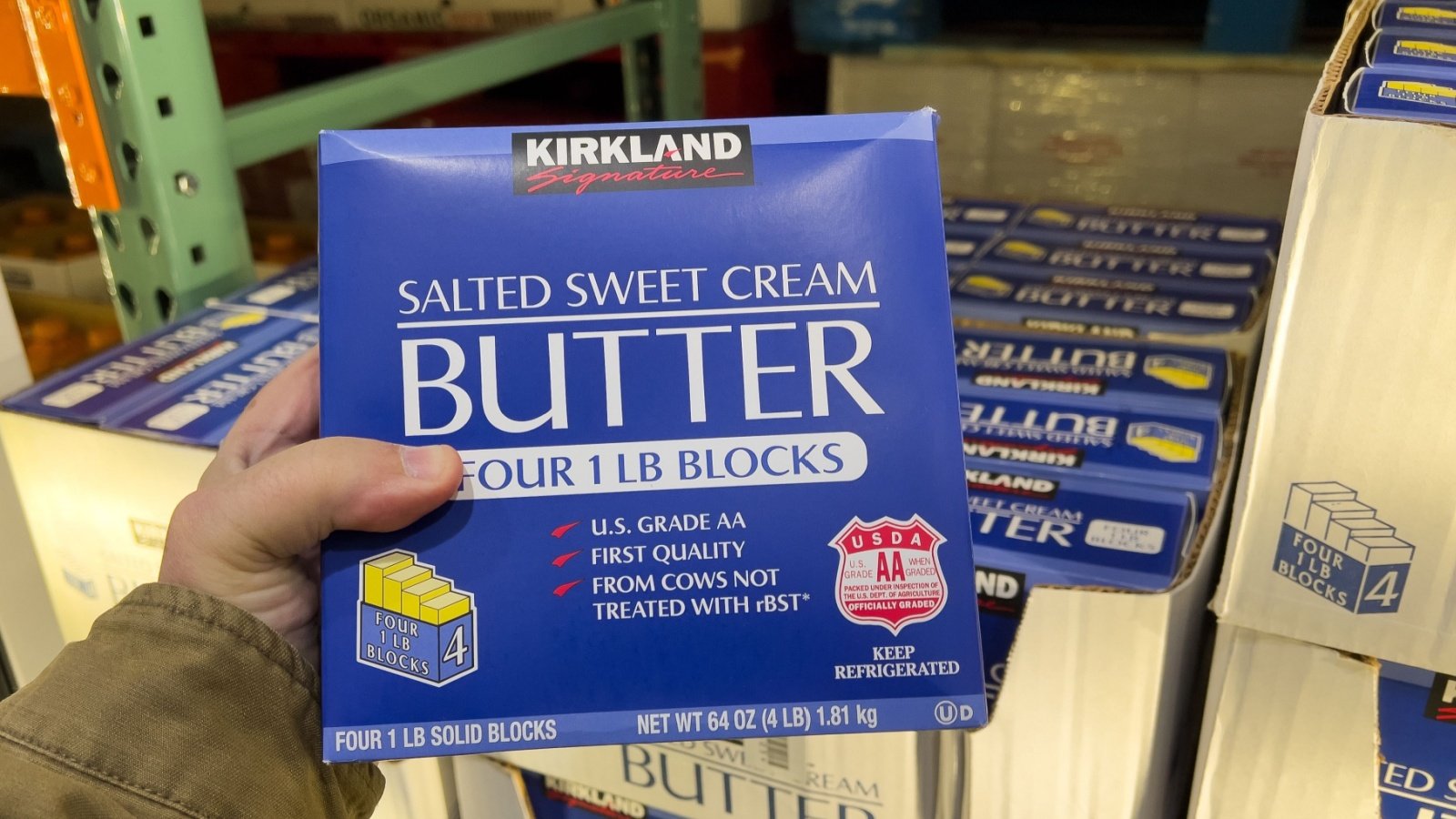
At state fairs across the South, deep-fried butter is a peculiar sight that challenges even the most adventurous eaters. Introduced as a novelty, this snack consists of frozen butter cubes coated in batter and deep-fried until golden. Despite its popularity at fairs, many Southerners reject it for its excessive richness and questionable nutritional value.
Avocado Toast

Popularized by health enthusiasts and trendy cafes nationwide, avocado toast is often seen as too simplistic by Southern food connoisseurs. Southerners tend to prefer heartier, more complex breakfasts featuring ingredients like sausage gravy or smoked meats. As a result, the minimalism of avocado spread on toast does not satisfy the regional taste for rich, indulgent meals.
Kale Salads

Once the darling of the health food world, kale has not made the same inroads in Southern dining as it has elsewhere. The tough, bitter leaves of kale are often passed over in favor of collard greens, which are traditionally cooked with ham hocks and spices. Kale’s association with trendy, upscale dining does little to endear it to a region with deep roots in soul food.
Greek Yogurt

Despite its status as a protein-packed superfood, Greek yogurt often falls flat in Southern states, where richer, creamier dairy products prevail. Its tangy flavor and thick texture are frequently seen as less appealing than the sweeter, smoother yogurts. Southerners also tend to opt for traditional buttermilk in recipes, limiting Greek yogurt’s use in regional cooking.
Boba Tea

The Taiwanese drink boba tea, with its tapioca pearls and sweetened milk, struggles to gain a foothold in Southern beverage markets. Many Southerners find the texture of tapioca pearls off-putting, preferring the smooth sips of iced sweet tea. The novelty of boba tea does not appeal to those who cherish time-honored refreshments like lemonade and sweet tea.



